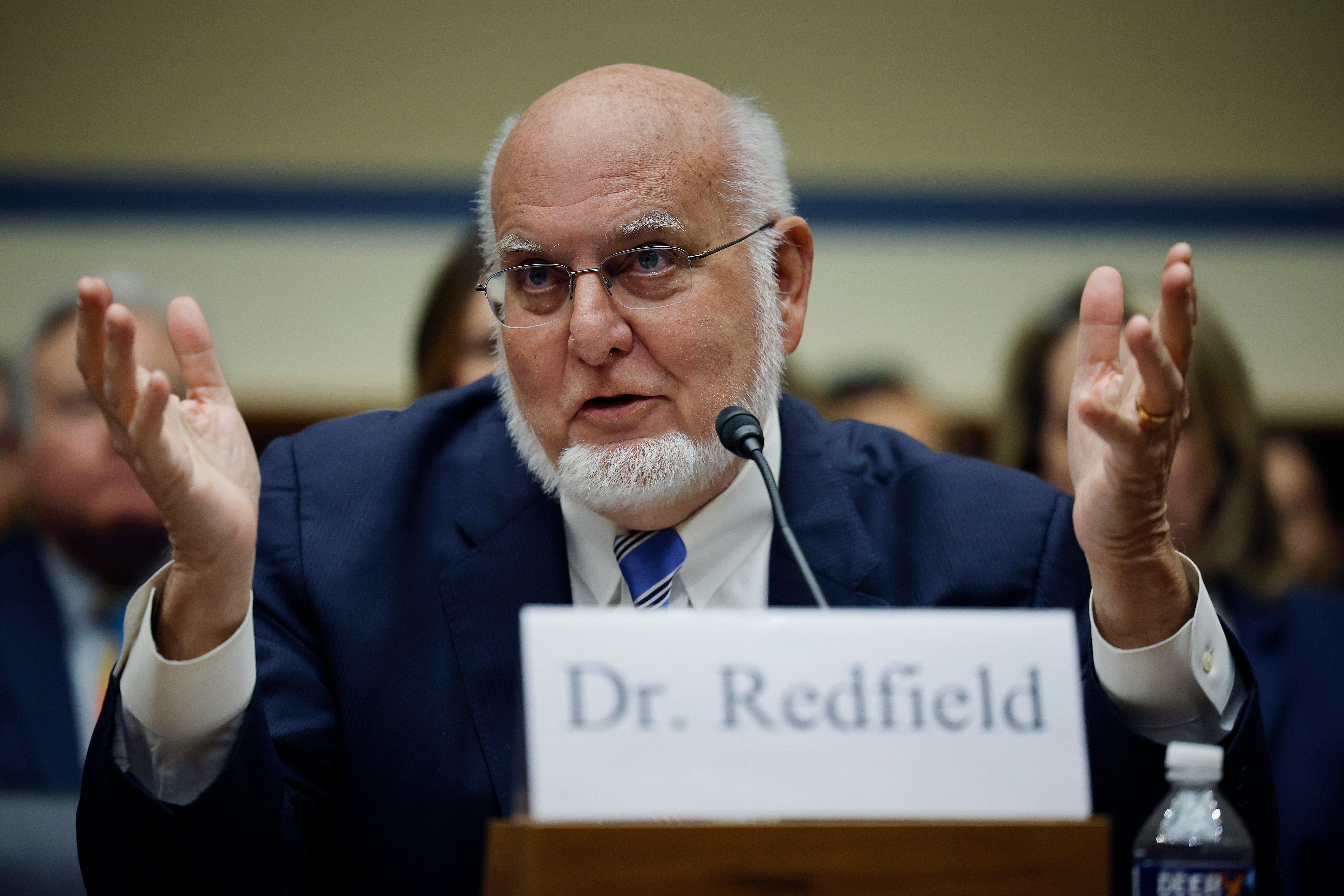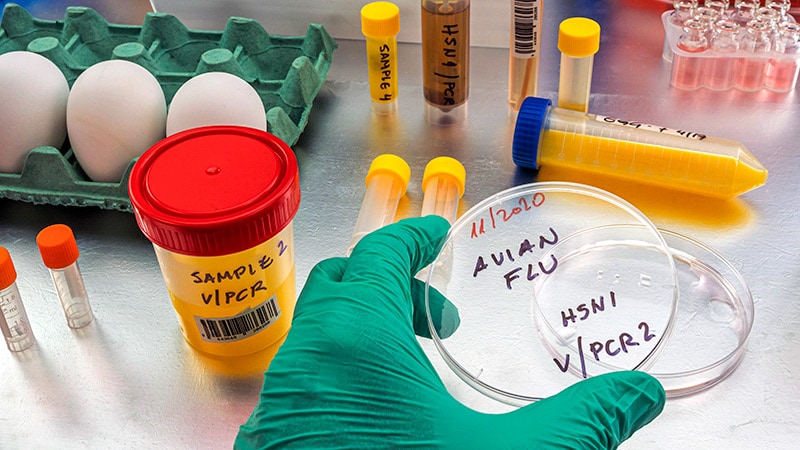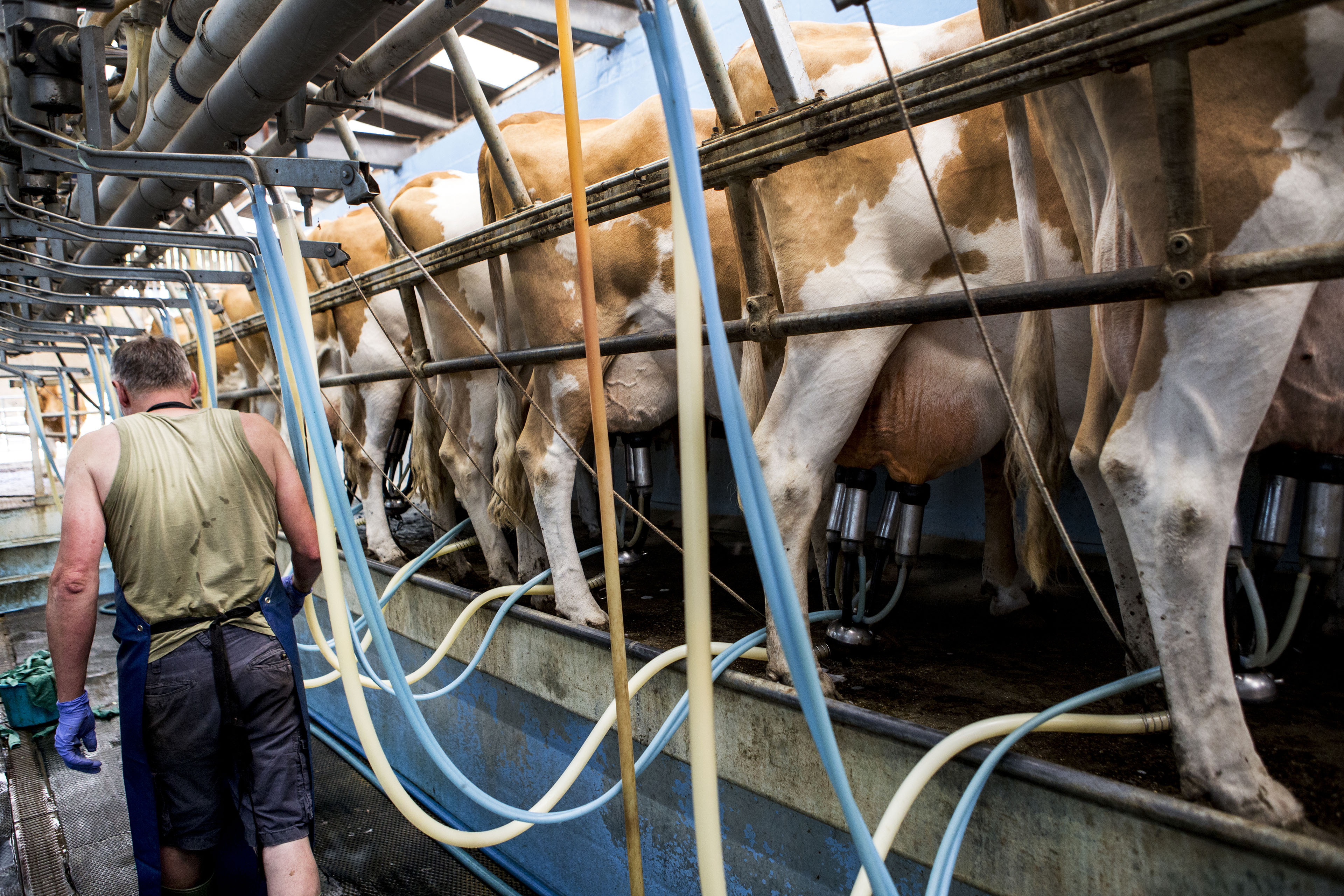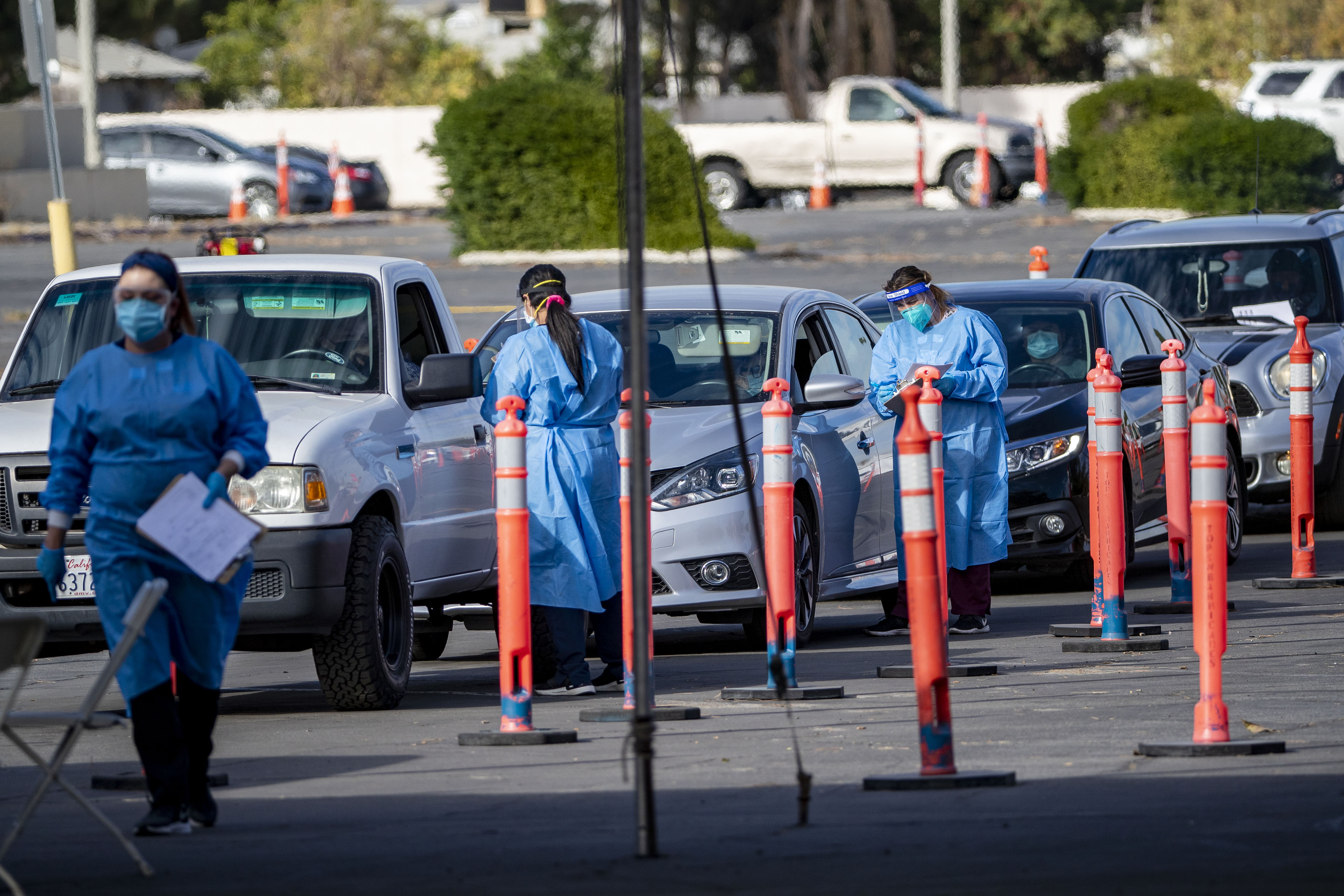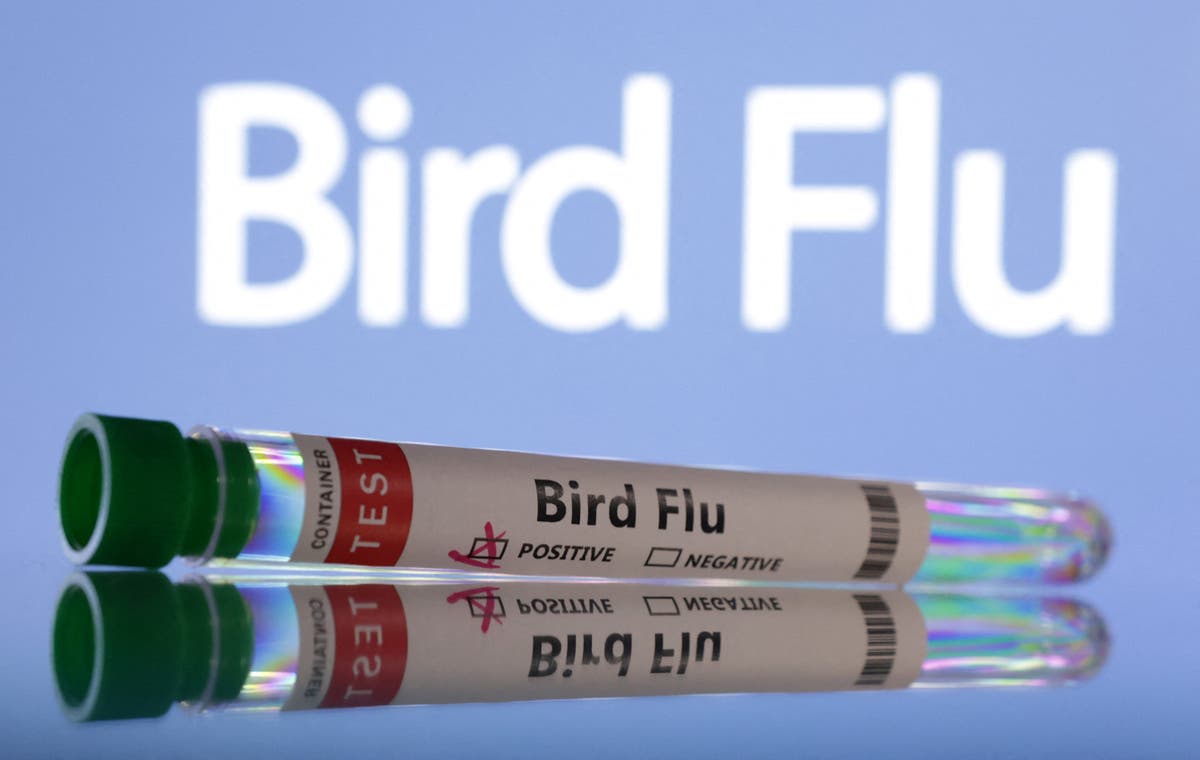
In recent articles, there has been a growing concern about the potential threat of the bird flu virus, also known as H5N1. The virus has been spreading among dairy farms in the United States and has caused public health experts to worry that if left unchecked, it could mutate to gain the ability to infect people more easily and cause a new pandemic. While the current risk to the general public is considered low by the Centers for Disease Control and Prevention, experts urge authorities to take action in order to prevent any potential dangers. The virus has been a concern for over 20 years due to its ability to spread among animals and people exposed to them, and could become a greater threat if it mutates to become more easily infectious among humans. Public health experts need to communicate the low threat level for most people while urging authorities to take action in order to prevent any potential dangers.
Former director of the CDC, Robert Redfield, predicts that the next pandemic will be caused by bird flu and estimates the mortality rate for bird flu to be between 25% and 50%. He warns that it's likely that the virus has already spread to humans but is being overlooked due to a lack of testing. Researchers have found that five amino acids need to change in order for bird flu to have the ability to connect with humans and spread between them. Once this occurs, experts fear a potential pandemic could occur.
Public health labs in the United States have received approximately 1 million bird flu tests from the CDC, with an additional 1.2 million expected in the next two months. However, public health experts are concerned that clinical labs lack authorization for bird flu testing, causing delays in removing barriers for clinical labs to test. This could lead to a lack of knowledge about how many people have been infected and if the virus is spreading between humans.
In order to prevent any potential dangers, authorities recommend that people working with animals wash their hands with soap and water and wear personal protective equipment. Healthcare providers should ask patients about any direct contact with dairy cows, poultry, pigs, wild birds or wild mammals to identify potential cases of avian influenza. There have been three human cases of avian influenza after exposure to dairy cows reported since April 2024. Authorities recommend that people avoid direct contact with animals and practice good hygiene in order to prevent any potential infections.
Overall, public health experts need to communicate the low threat level for most people while urging authorities to take action in order to prevent any potential dangers from the bird flu virus. The current risk is considered low, but if left unchecked, the virus could mutate and become a greater threat to humanity.
